
Peopledesign
The Built Environment
Furniture
Lighting
Textiles/Upholstery
Flooring/Carpet
Building Materials
AE Firms
UX of Work
The UX of Work
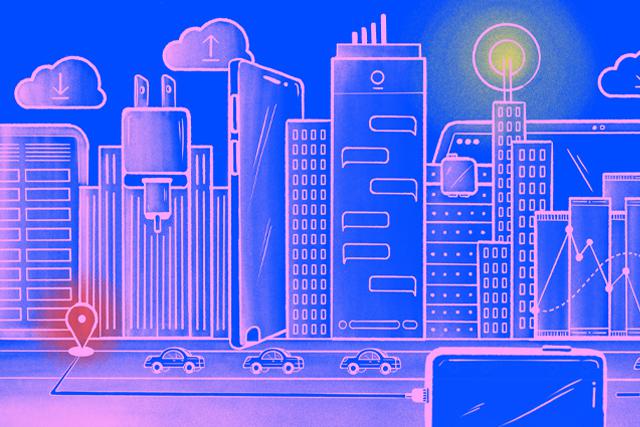
UX Principles at Work
Built environments are places made by people that support human activity and part of everyday experience in our modern world. Physical, digital, or hybrid experiences are part of what’s next. The future may echo the past but is forged in the present. Today, many human activities are digital. As we begin to comprehend these changes, new paradigms for designing for experiences are becoming more mature.
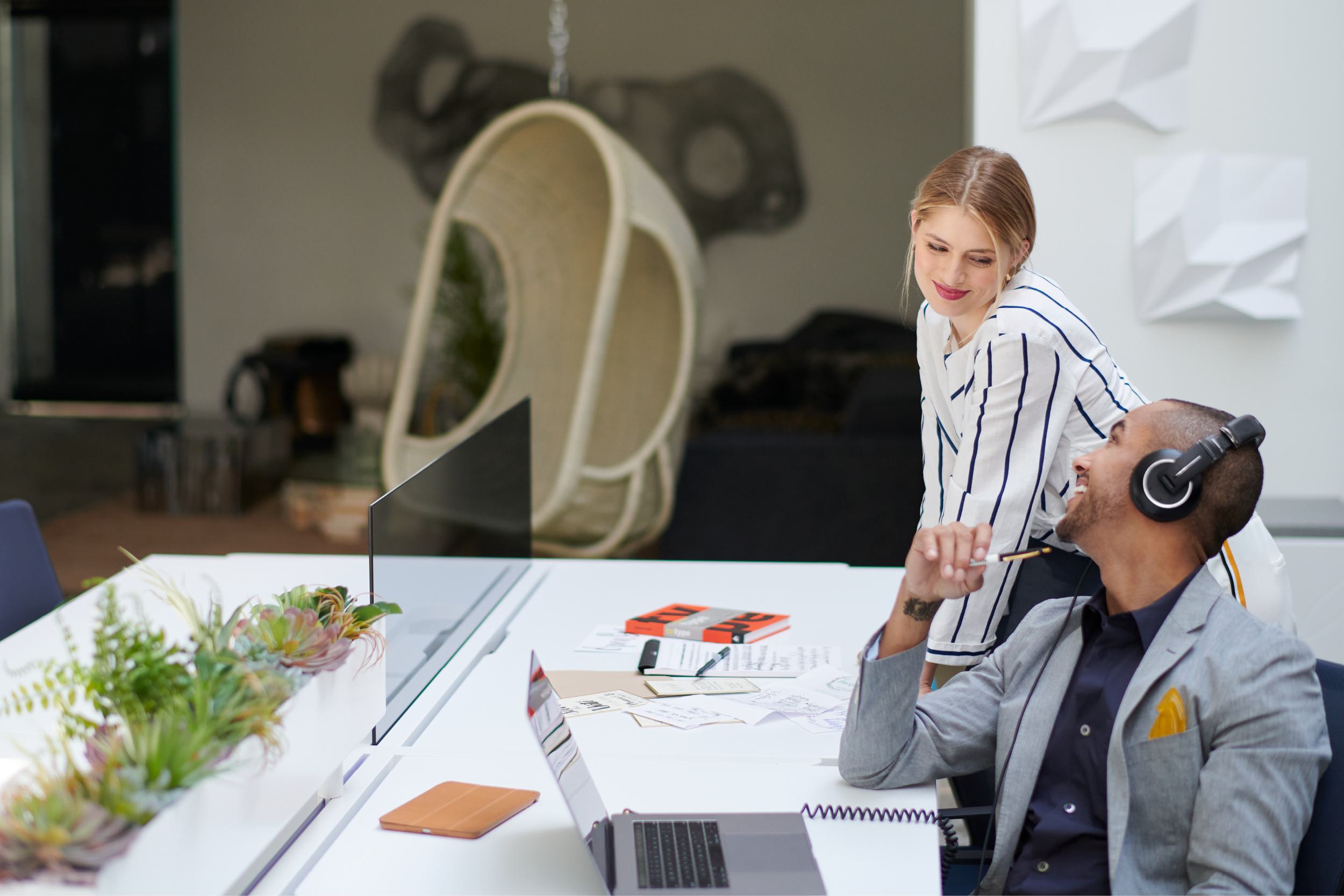
Four work scenarios
Office furniture has managed to maintain a monopoly on “work” for decades. This may be a tipping point when nascent patterns may reshape how people think about the workplace. As the monopoly office furniture has had on work erodes, we might rethink work between same and different times and places, we can identify four work modes: In-person, individual, distance work, and asynchronous work. A traditional physical office may be required in only one of these four work scenarios.
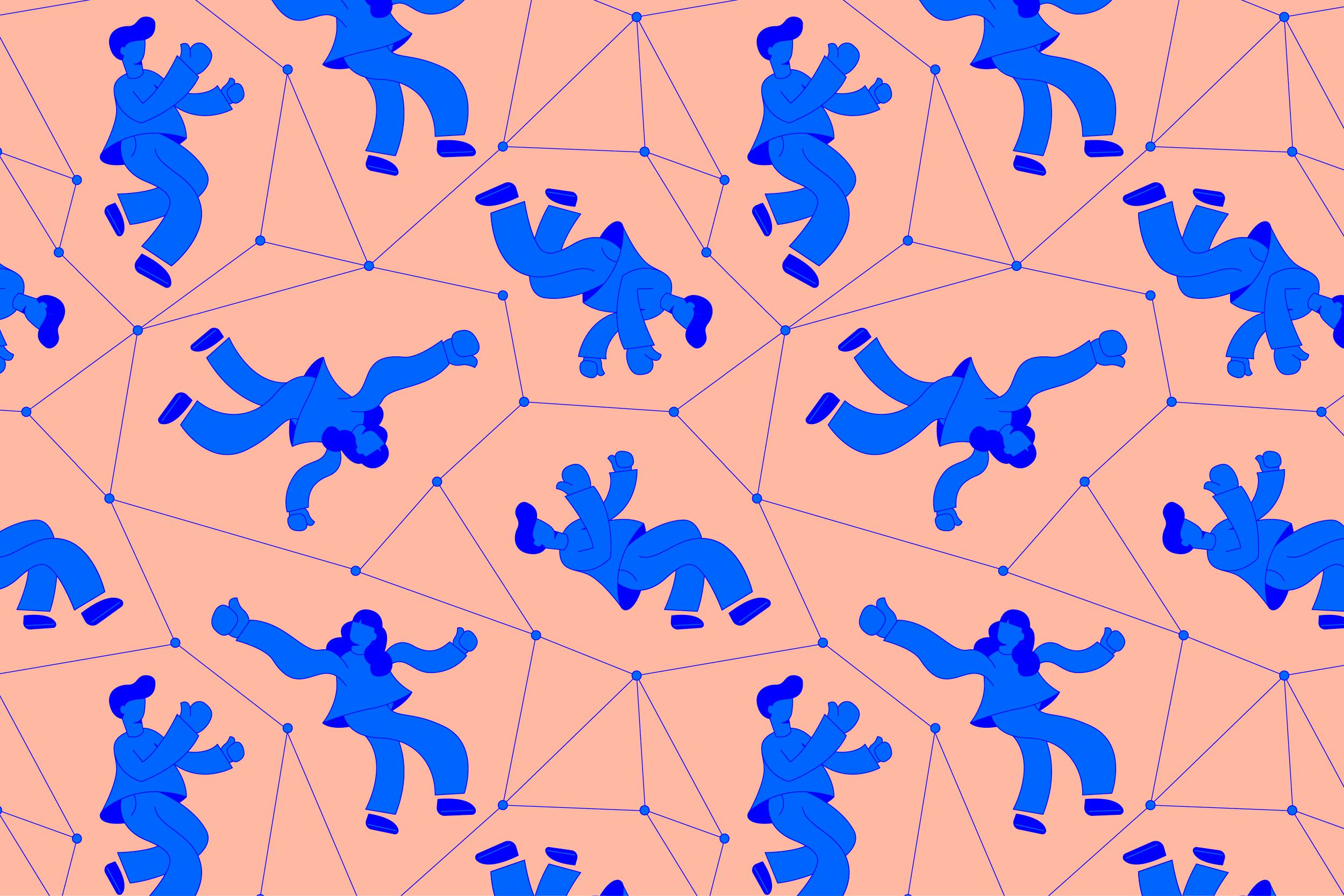
The industrial mindset trap
From Steelcase’s holistic work process to Herman Miller’s Living Office, Haworth’s Organic Workspace to Planning with Knoll, leading commercial design companies offer design approaches for the built environment. Each professes its own philosophy but there is a lot of overlap, and incumbent players may find it difficult to escape an industrial mindset.
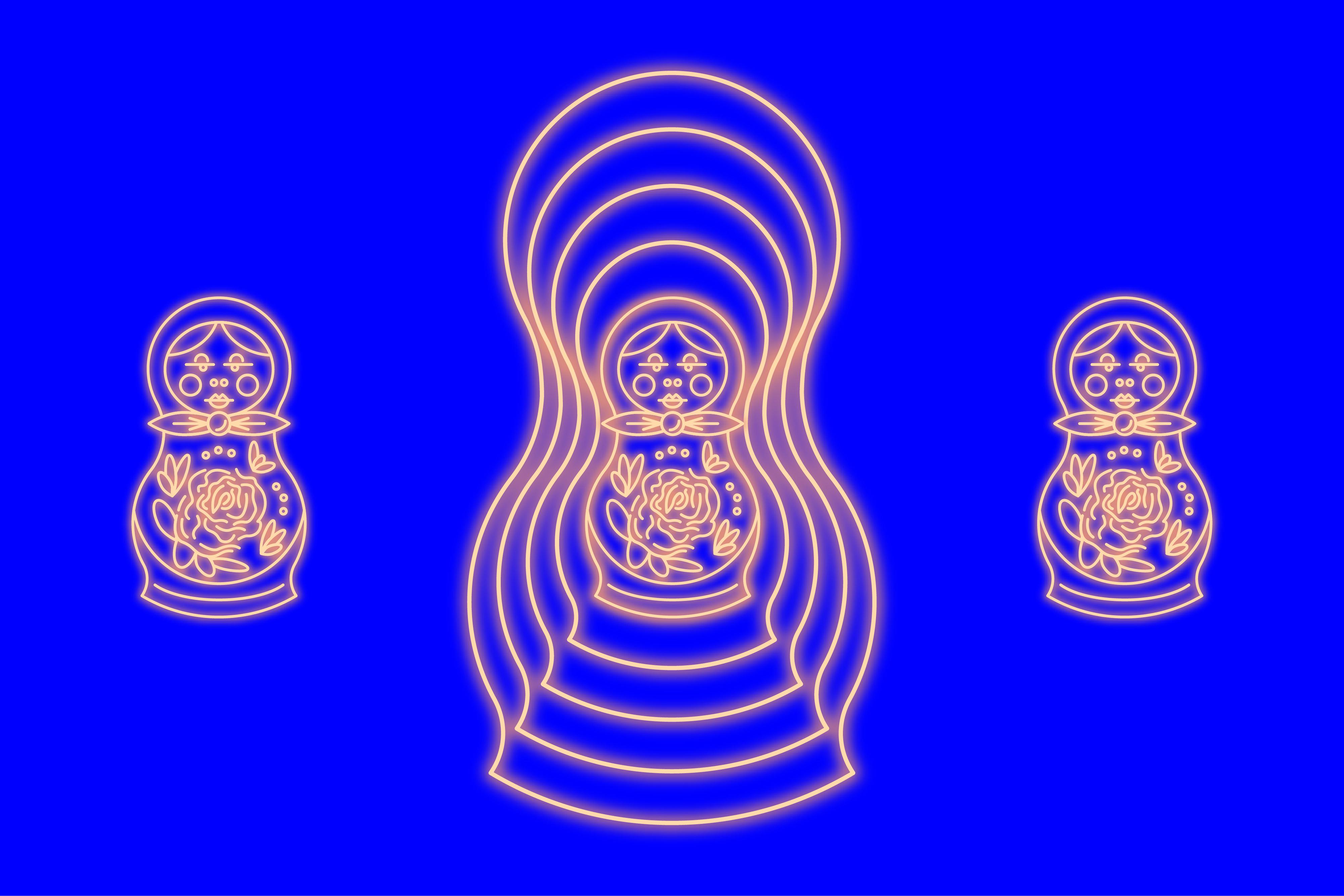
Layers of experience
New technology creates new opportunities for experience. Smartphones blurred the line between hardware and software, breaking conventions for each and leading to emergent practices to take on the user experience even more directly. Enabled by the internet, the SaaS offerings have turned products into services. At Peopledesign, we believe that all these experiences – large and small – are on the same continuum. Think about it as layers of experience from macro to micro, like Russian nesting dolls. The challenge is to zoom in and out while managing for usability, continuity, and value.
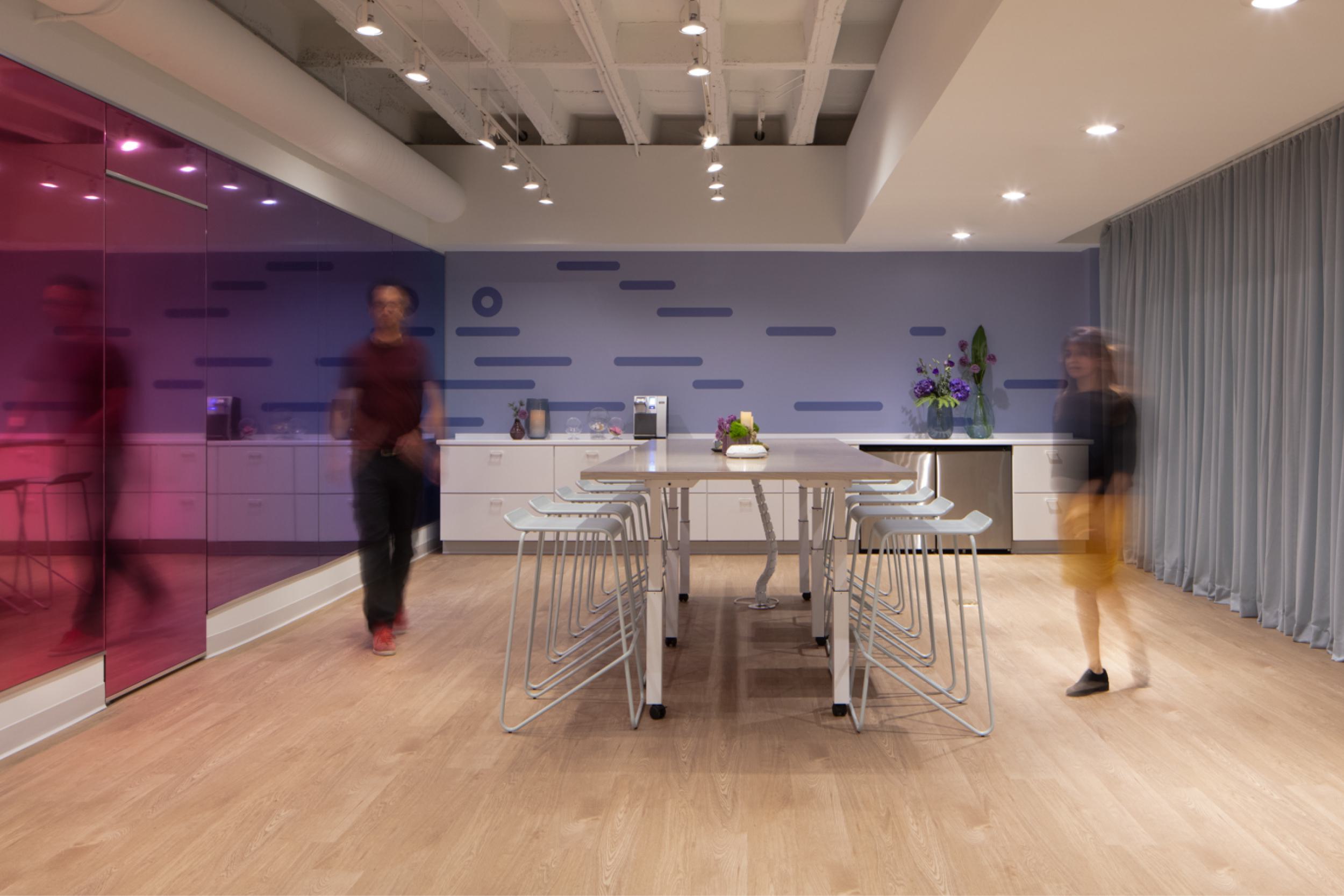
Growing in commercial design
Globalization and technology innovation has created new customer expectations and increased competition for built environment companies. Peopledesign helps manufacturers companies evolve, modernize, and otherwise transform to remain relevant. We have many clients in the commercial design industry, mostly focused on physical products and experiences – buildings, architecture, interior design, furniture, textiles, flooring, lighting, materials, and supply chains. These environments support work, education, healthcare, hospitality, retail, and home life.